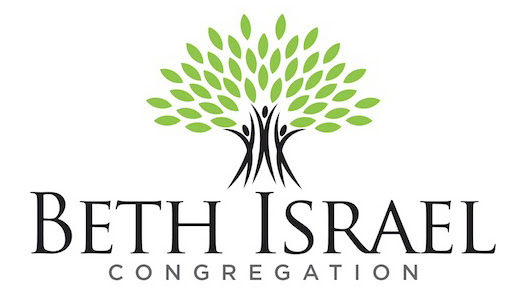Sukkot
סוכות (Sukkot), the Festival of Booths, holds a special place in the hearts of the Jewish people. This biblical holiday, observed on the 15th day of the month of Tishrei, brings together the joys of harvest, the memories of our ancestors’ wanderings, and the symbolism of temporary dwellings.
The Hebrew word “sukkot” is the plural of “sukkah,” a walled structure covered with s’chach, which refers to natural materials like overgrowth or palm leaves. These sukkot serve as a reminder of the fragile dwellings in which our ancestors resided during their forty-year journey through the desert after the liberation from slavery in Egypt. Just as they relied on divine providence and sought shelter in these temporary abodes, we too embrace the humble nature of the sukkah.
Throughout Sukkot, we engage in a unique ritual known as the waving ceremony with the Four Species. This involves the waving of the lulav (palm branch) and etrog (citron), along with the myrtle and willow branches. These symbols represent different parts of the natural world, coming together in harmony as we express gratitude for the blessings of creation.
Sukkot invites us to reflect on our journey through history, connecting us to our roots and reminding us of our shared experiences as a people. It is a time to express our appreciation for the abundance in our lives, cultivate a sense of gratitude, and extend kindness and hospitality to others.
May this Sukkot be a time of joy, unity, and spiritual fulfillment. As we dwell in the sukkah, may we find shelter in the embrace of tradition, experience the beauty of nature, and deepen our connection with the Divine.
Chag Sameach!

